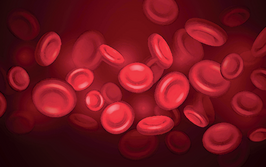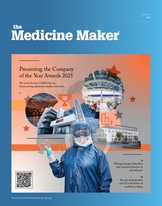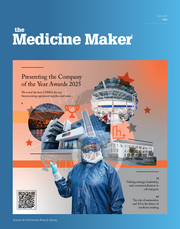The Epidemic That Cannot Be Ignored
Prescription drug abuse is not just a US problem.
Two epidemics have touched the US in the past year. One highly publicized, the other much less so. Despite the media hysteria, the Ebola outbreak – which killed over 11,000 people, mostly in West Africa – resulted in only 10 cases and two deaths in the US. Compare that with recent figures on what the US Centers for Disease Control and Prevention (CDC) has officially declared an “epidemic of prescription drug abuse”: 16,000 deaths each year are caused by overdoses of prescription opioids – just one outcome of over 8 million Americans abusing prescription drugs, as we discover here.
But, you say, “drug use and abuse is not a new phenomenon!” That’s certainly true, but the sheer scale of prescription drug abuse – and the resulting fatalities – is shocking. For the areas worst affected by the epidemic, the impact on families and communities has been devastating.
Though the US has been hardest hit, it would be a mistake to think of this as an American problem. Prescription opioids are already amongst the most abused drugs in many countries, and European nonprofit drug policy foundation EURAD reports up to 1.9 million prescription drug addicts in Germany alone.
Abuse-deterrent formulations are one part of the solution. Formulating commonly abused drugs so that they cannot be easily snorted or injected to give an instant hit, or including a substance that induces unpleasant side effects when taken in unhealthy quantities, may deter abuse at an early stage; for example, preventing patients from taking too much prescribed painkiller or steering their children away from experimenting with them. But people are ingenious. Determined addicts quickly overcome these measures or switch drugs. To see a real long-term impact, abuse-deterrent features need to be introduced in all frequently abused drugs – a goal that the FDA is working towards for the most abused opioids.
New classes of drugs that fight pain without the euphoria and physical dependence of opioids would go a long way to solve the problem – but developing such compounds is easier said than done. Until then, a delicate balance must be struck between the right to effective pain relief and the devastation caused by addiction.

As an Editor at Texere, I’m working closely with our audience to create vibrant, engaging content that reflects the hard work and passion that goes into bringing new medicines to market. I got my start in biomedical publishing as a commissioning editor for healthcare journals and have spent my career covering everything from early-stage research to clinical medicine, so I know my way around. And I can’t think of a more interesting, challenging or important area to be working in.



















